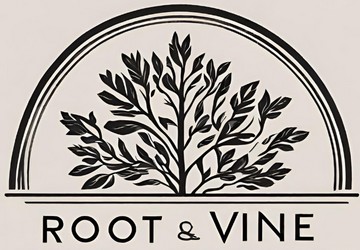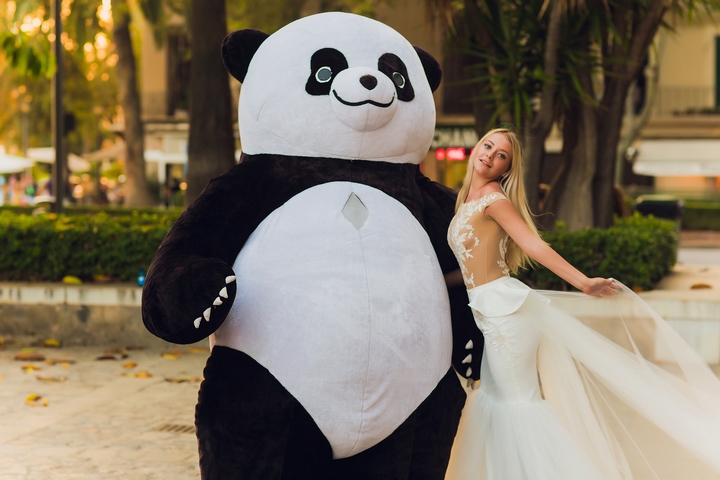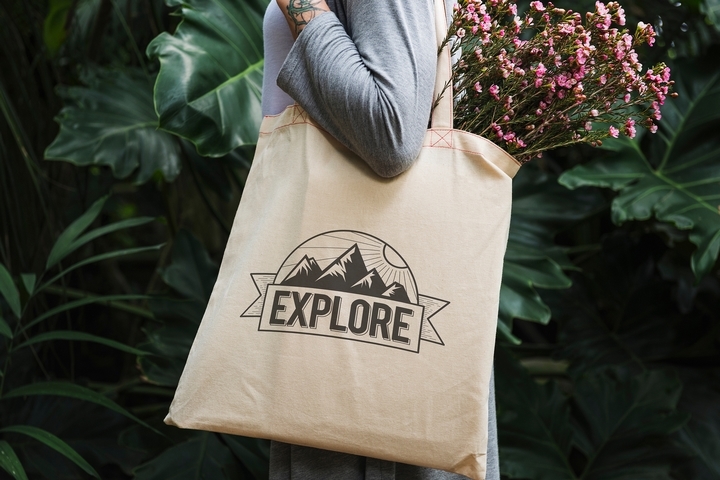
They say, “Don’t judge a book by its cover,” but, in reality, most people do. The fact is, the way a product is packaged and displayed has a large amount to do with its success. In other words, a considerable amount of attention must be put into a product’s packaging if it is to be successful.
On the other hand, very few people will invest in a product – regardless of how amazing it might be – if the packaging is mediocre. That said, here are six effective ways to consider when designing the packaging of your next big product.
1. Keep It Simple, Yet Effective
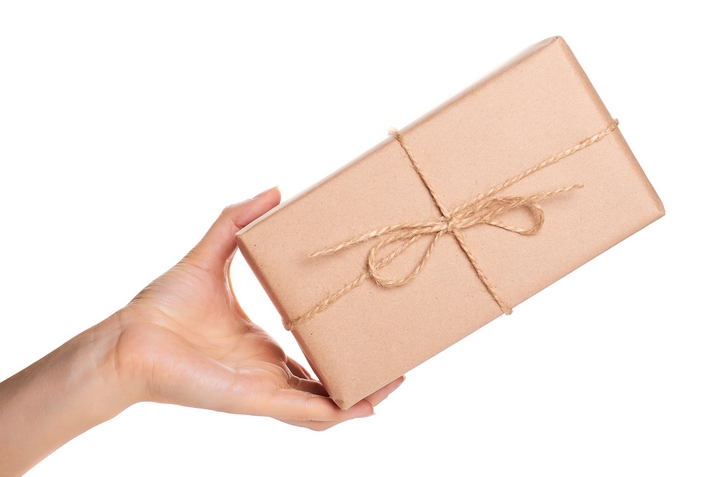
People are more likely to decide to purchase a product when the choice is simple. Anything simple, yet visually appealing, has a better chance of reaching your customer. Simplicity doesn’t mean boring, though. Make sure that your product’s name, and what it offers, is clear and that it stands out from similar products.
2. Be Honest with the Product Details

Honesty is the best policy, and that applies to product packaging as well. Whatever you do, do not exaggerate or sugar-coat the details. If a walkie-talkie, for example, only averages a 50-metre range, don’t try to sell that it covers over 200 metres. It may very well have that potential, but avoid saying so if that doesn’t accurately represent the average user experience.
Instead, have faith in your product. To exaggerate details will only make your product, and company, look insincere and will put people off, hurting sales volumes in the process.
3. Stand Out on the Shelf

Nobody wants to buy a product that is a dime a dozen, or doesn’t stand out in how it will benefit you. Therefore, you should always be cognizant of the competition to not only know what they’re offering, but to find ways to make yours stand out. Knowing what you’re up against will help you create a more effective, relevant, and unique product package design.
A unique design will always motivate people to try your product, or at least be intrigued. It’s also important to stay on the cutting-edge of design, even when dealing with classic products.
4. Don’t Underestimate the Packaging Materials
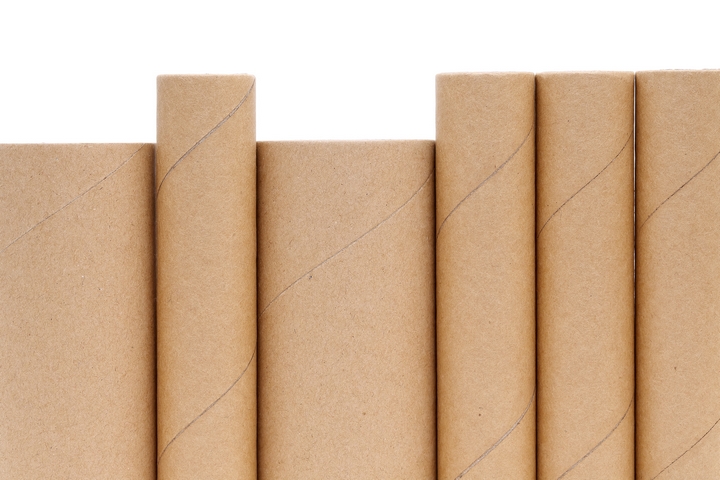
Perhaps an overlooked aspect of the packaging design is the material of the packaging itself. Having high-quality materials is more expensive, yes, but it will make people believe in your product, even before using it. Don’t cheap out on the material, or customers will think you have a cheap product.
Additionally, using environmentally friendly, biodegradable materials will not only reduce waste, but it will likely garner approval from the public.
5. Can the Packaging be Useful?
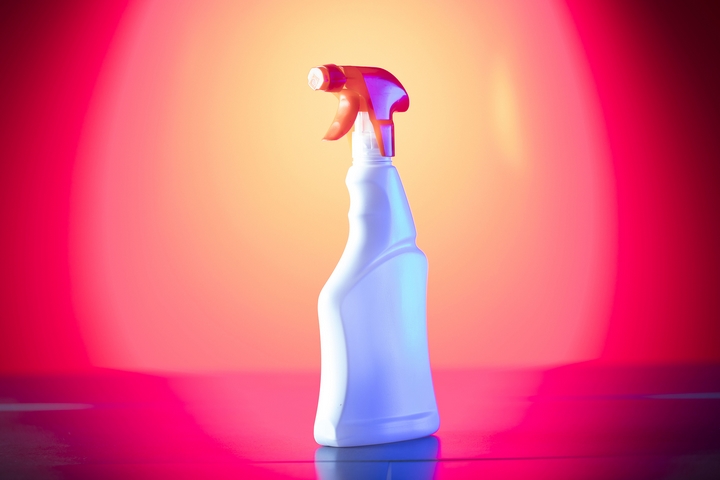
Product packaging doesn’t simply need to be a container for your product – it can, if done correctly, be practical and enhance the use of the product itself. For example, there are many cleaning products that are specifically designed to release the product from the nozzle or opening to its most efficiency. Laundry detergents, which are often heavy and need to be carried around, are usually designed with a handle built into the container.
Other examples include pancake mix, which comes with a perforated opening, or a bag of candy with a resealable opening. Of course, it entirely depends on the product, but this is an important factor to consider when choosing your product packaging.
6. Don’t Settle on the First Design

Finding a great product package is the ultimate combination of artistry, convenience, and practicality. Therefore, its essential to experiment with multiple different designs before settling on one. Ask other people’s opinion, or conduct a focus group. Give people a few different options and observe which one they primarily tend to be drawn to. Be sure to ask people that would use the product in the first place, of course, or at least tell people what it’s use is.
